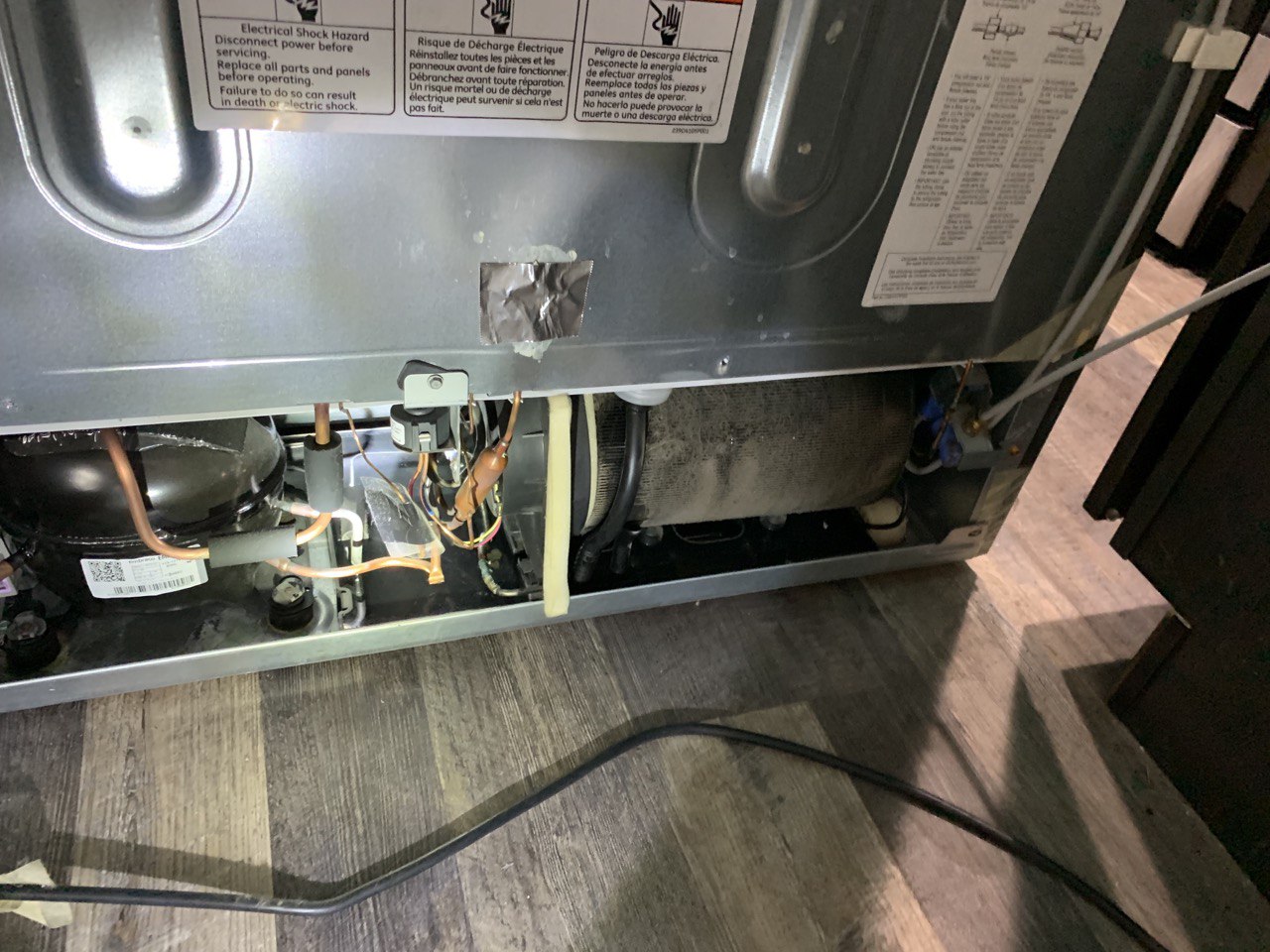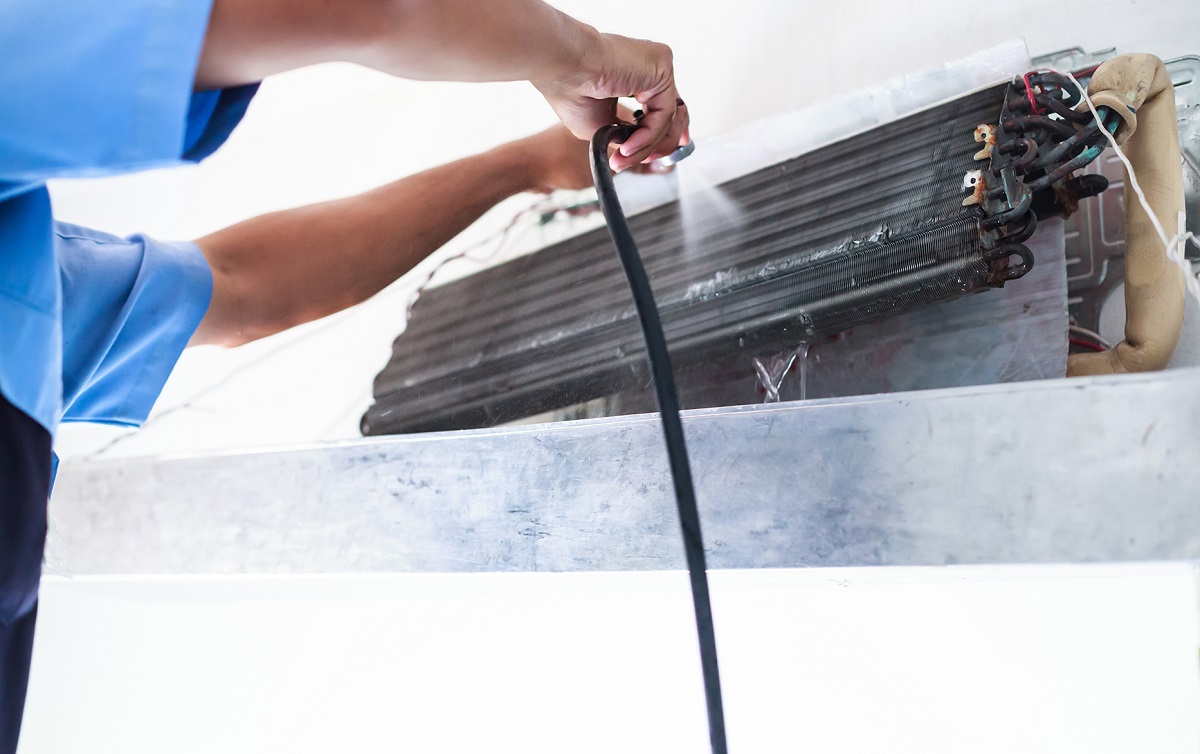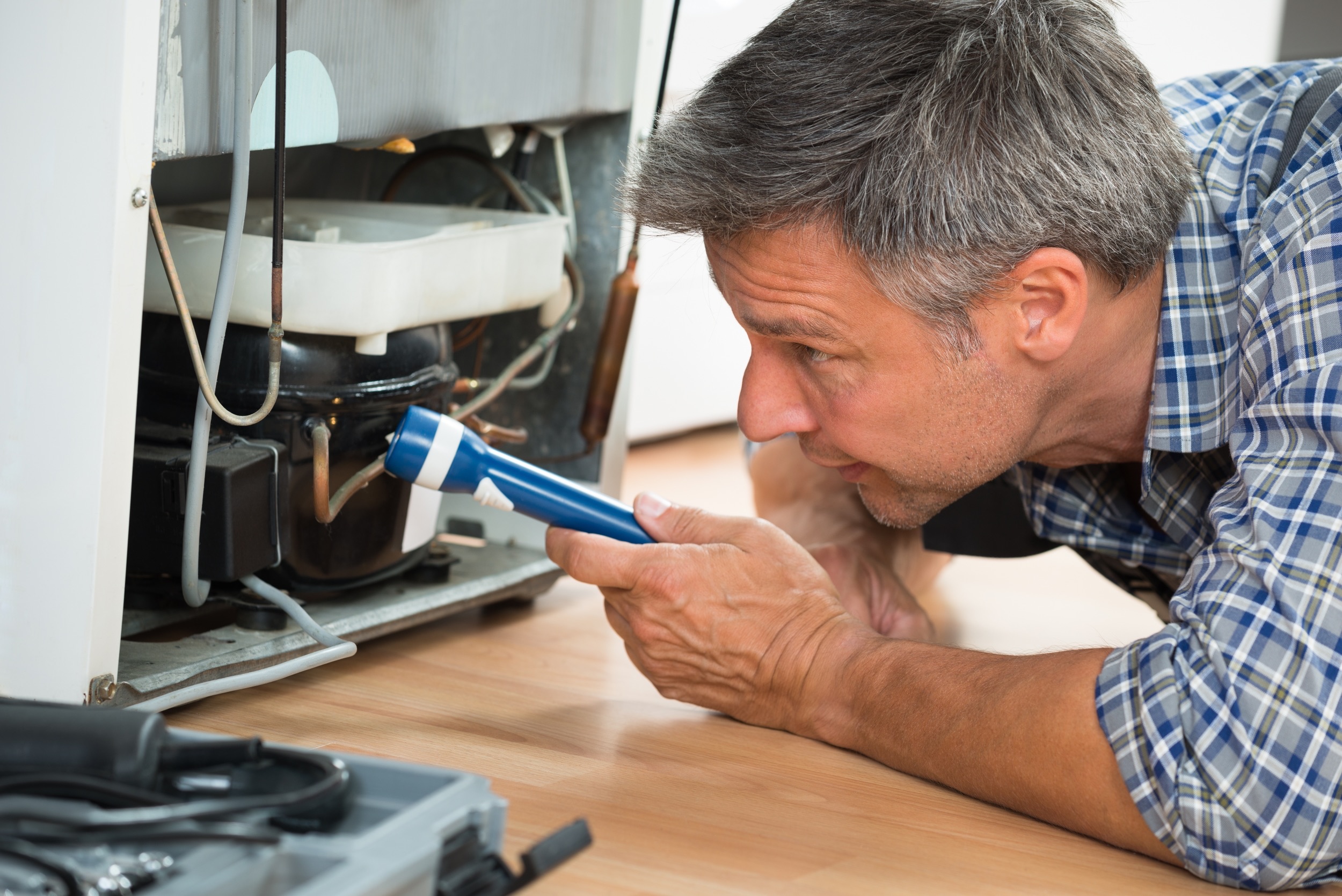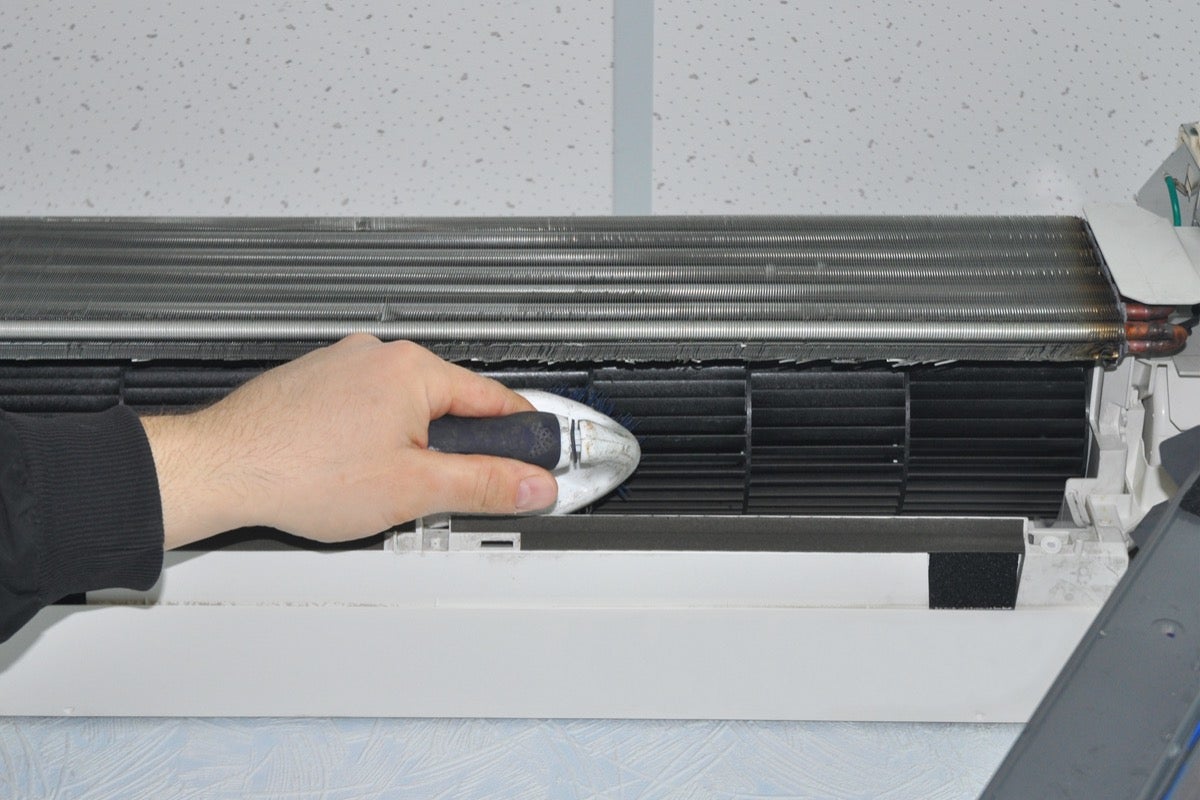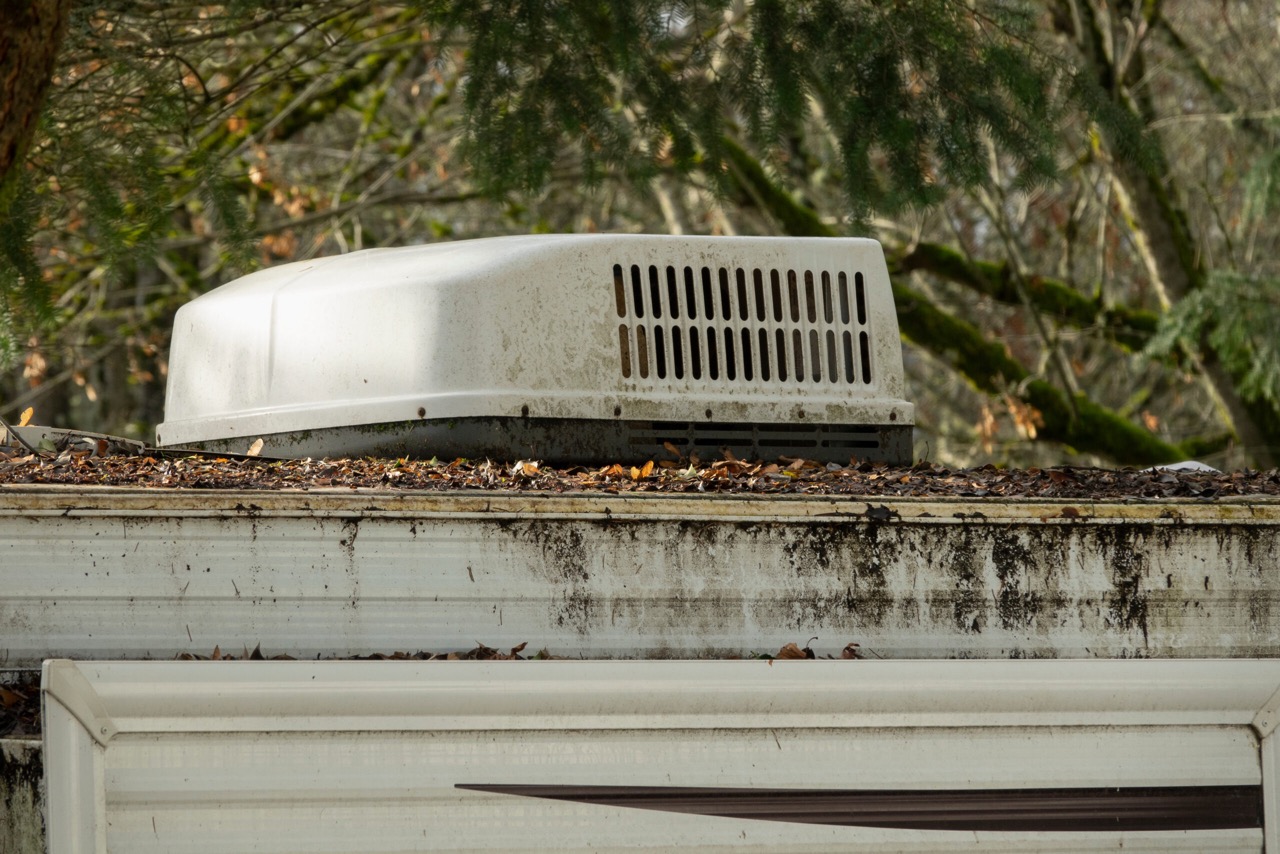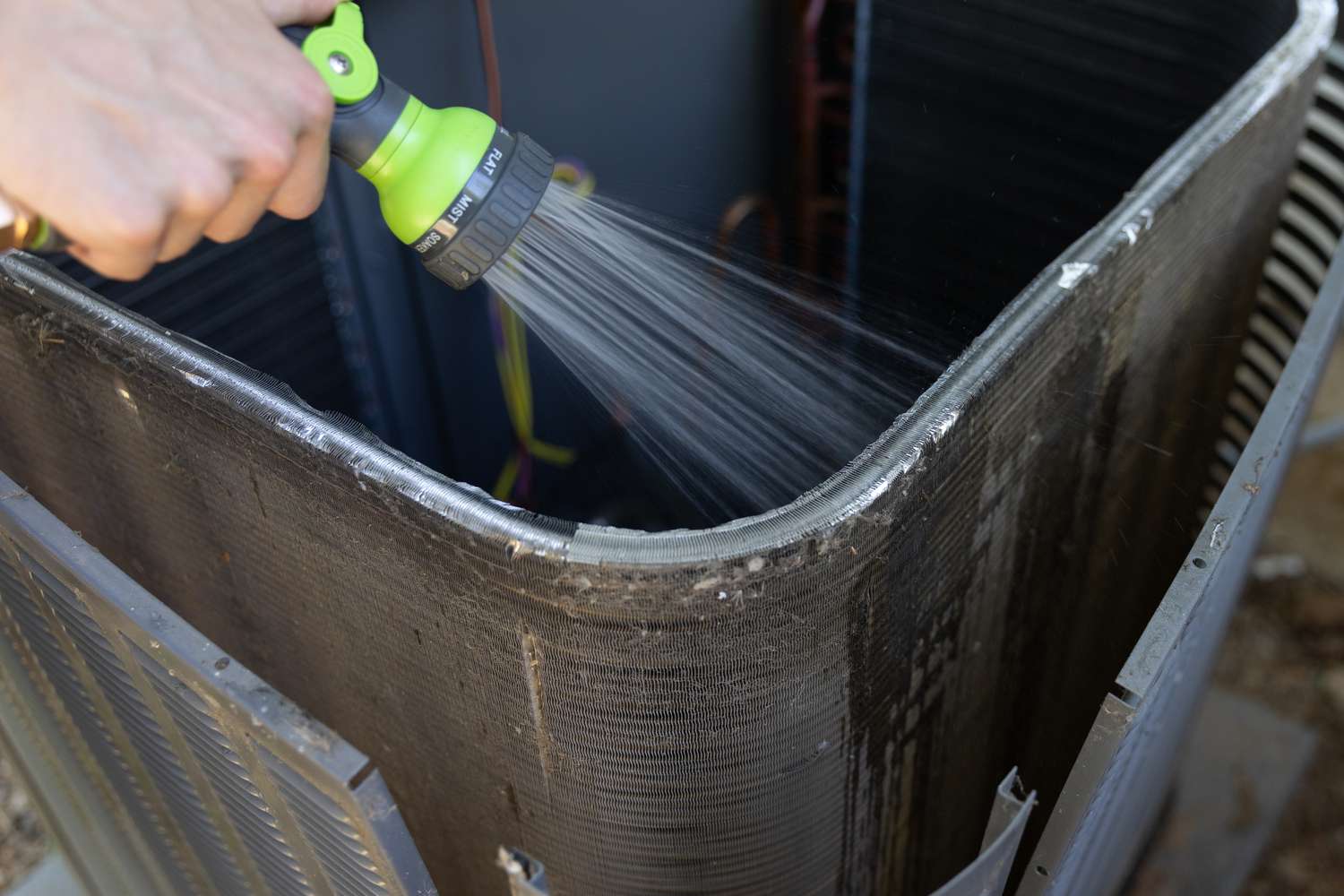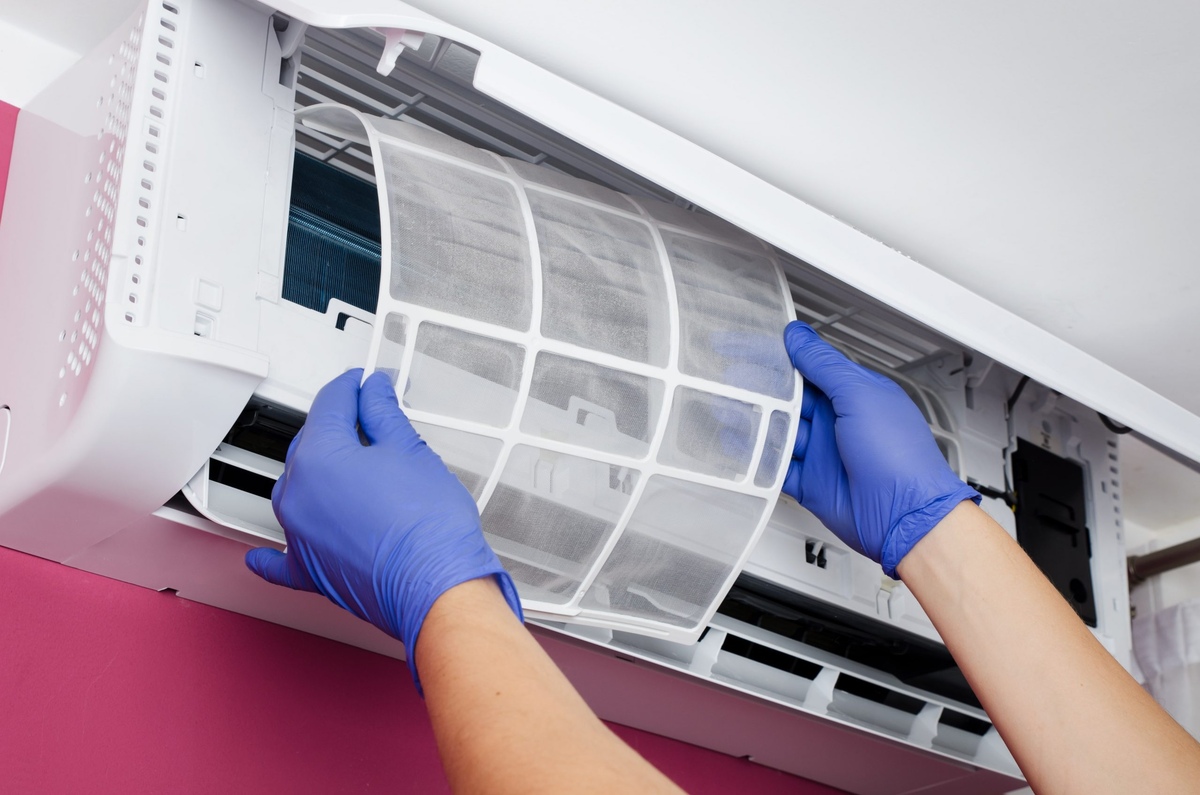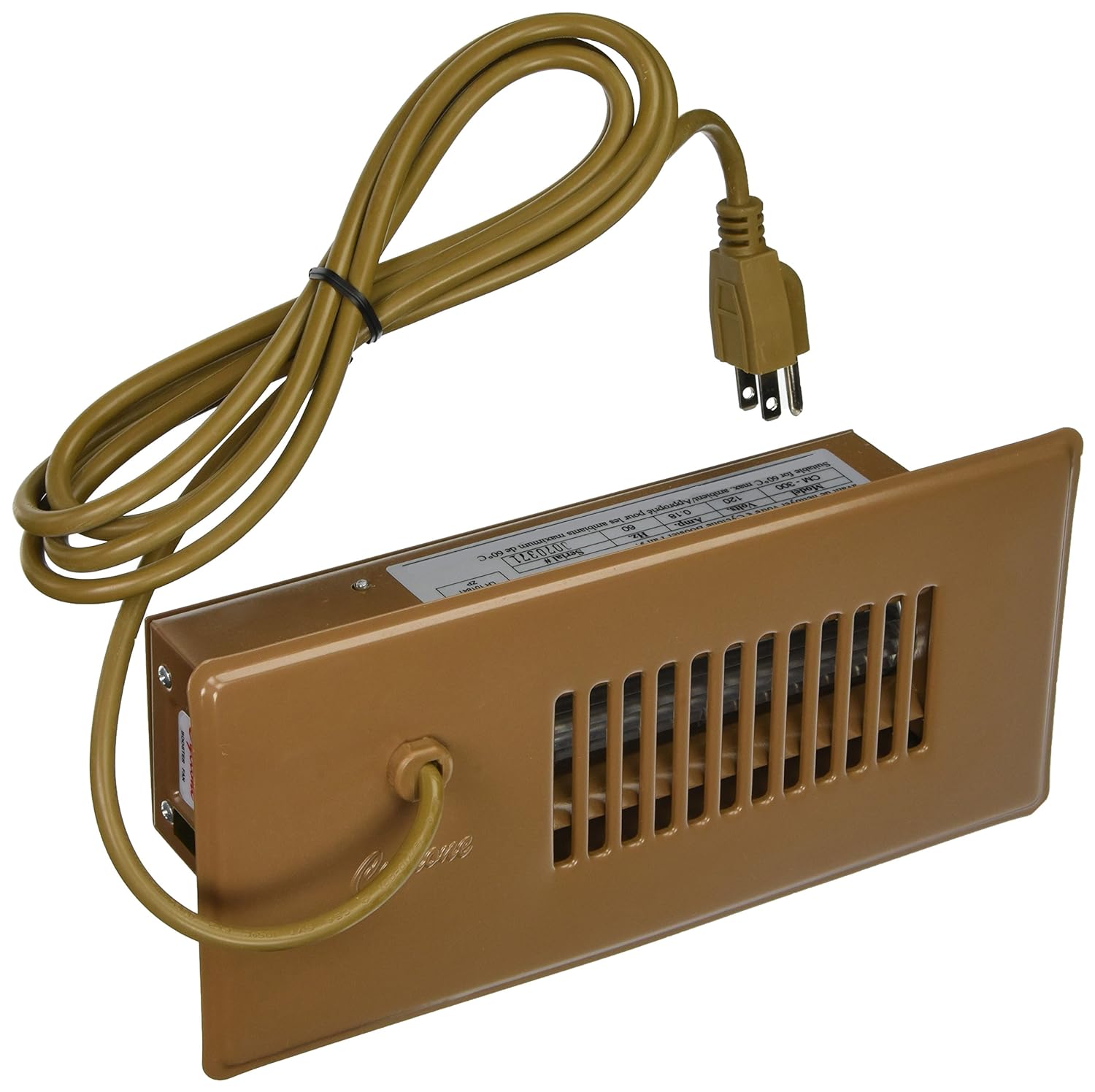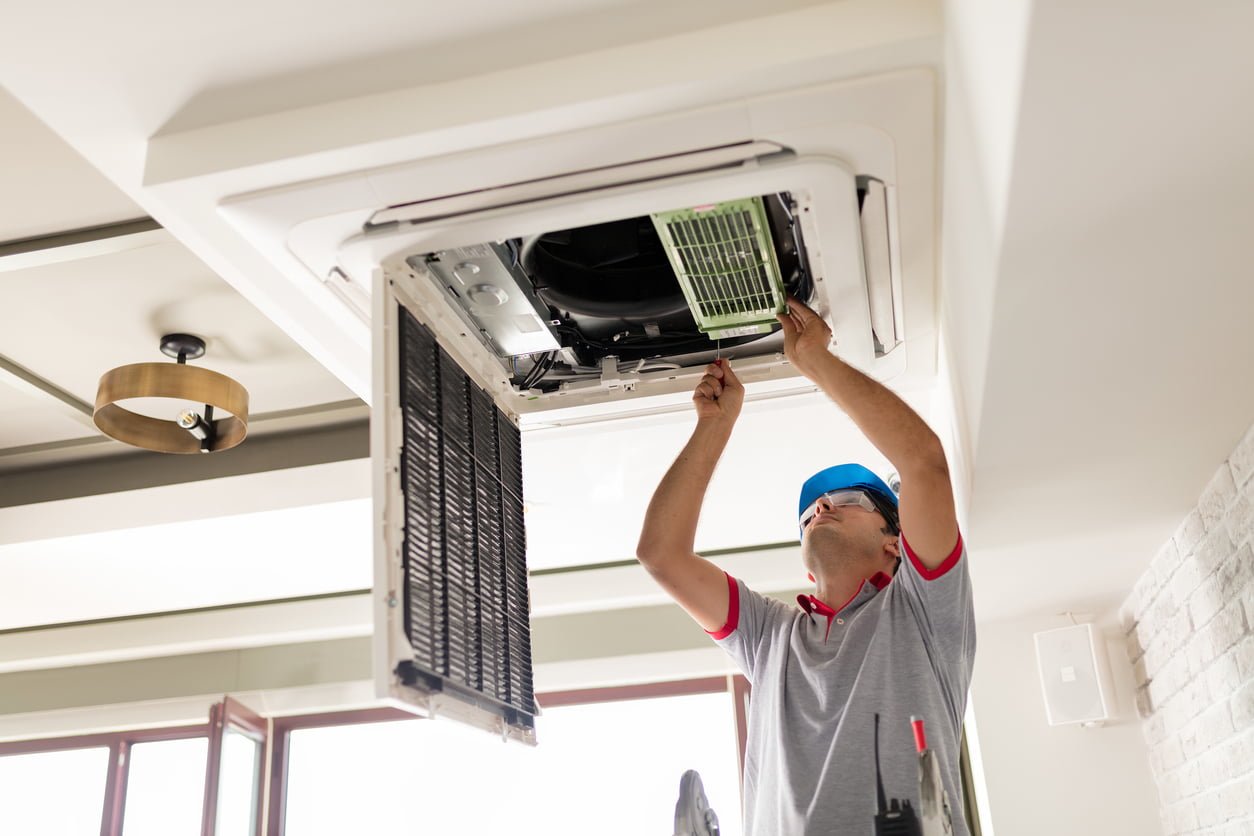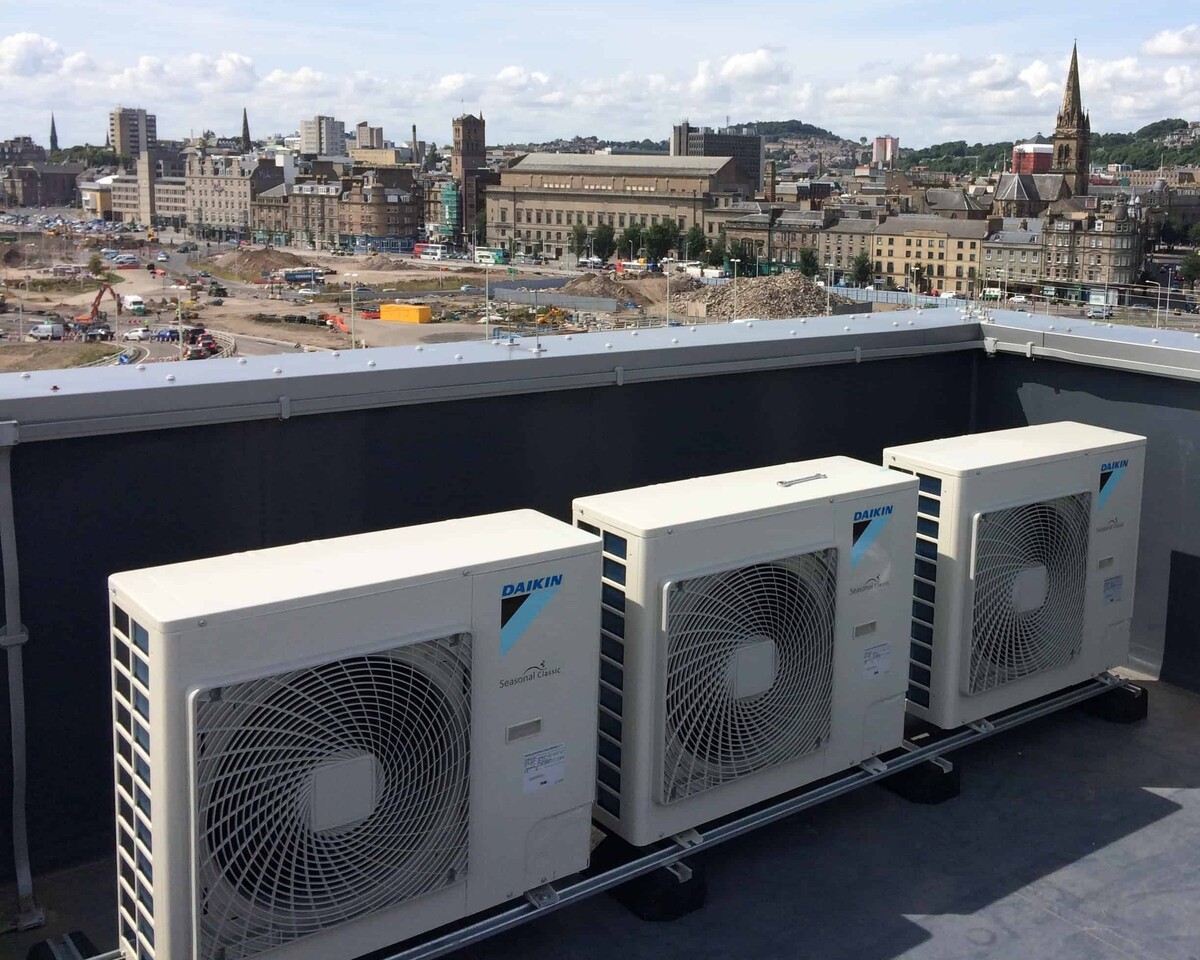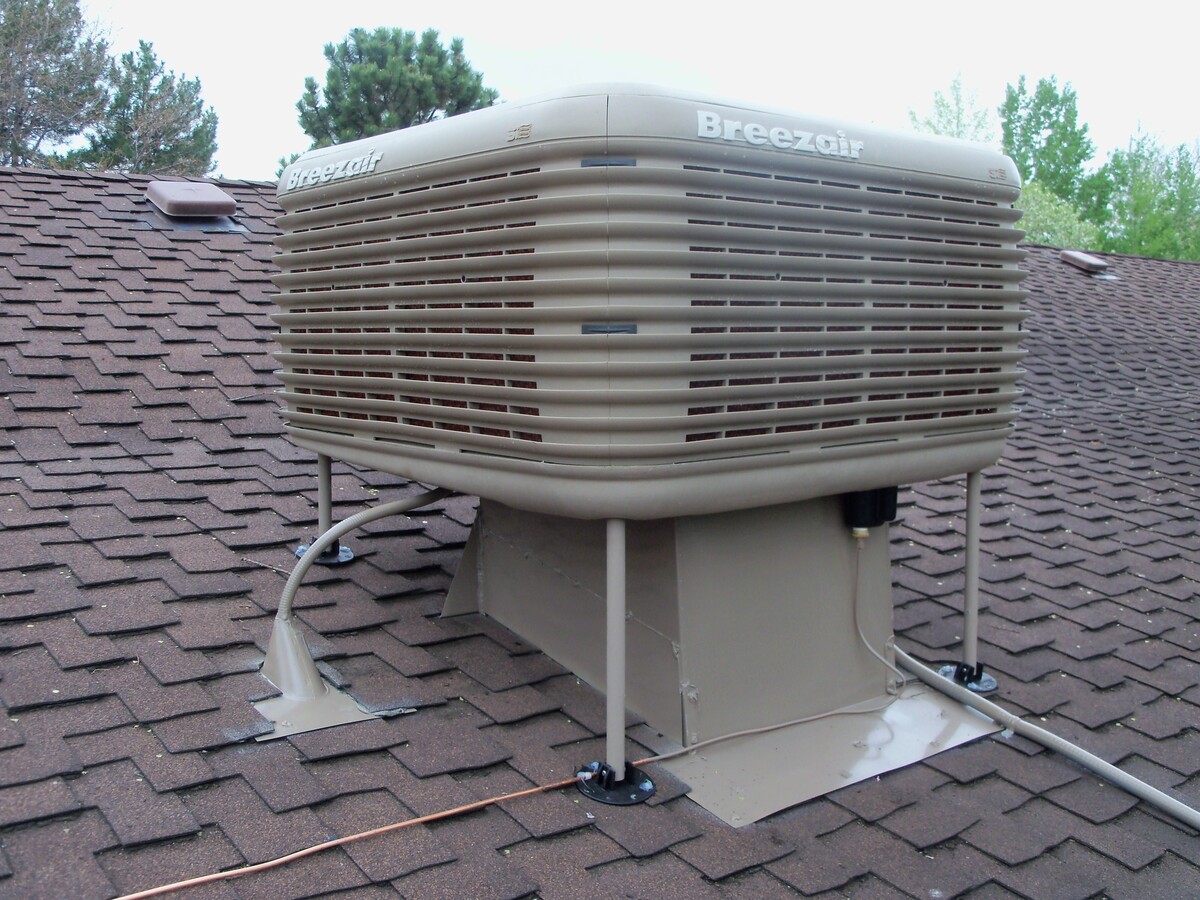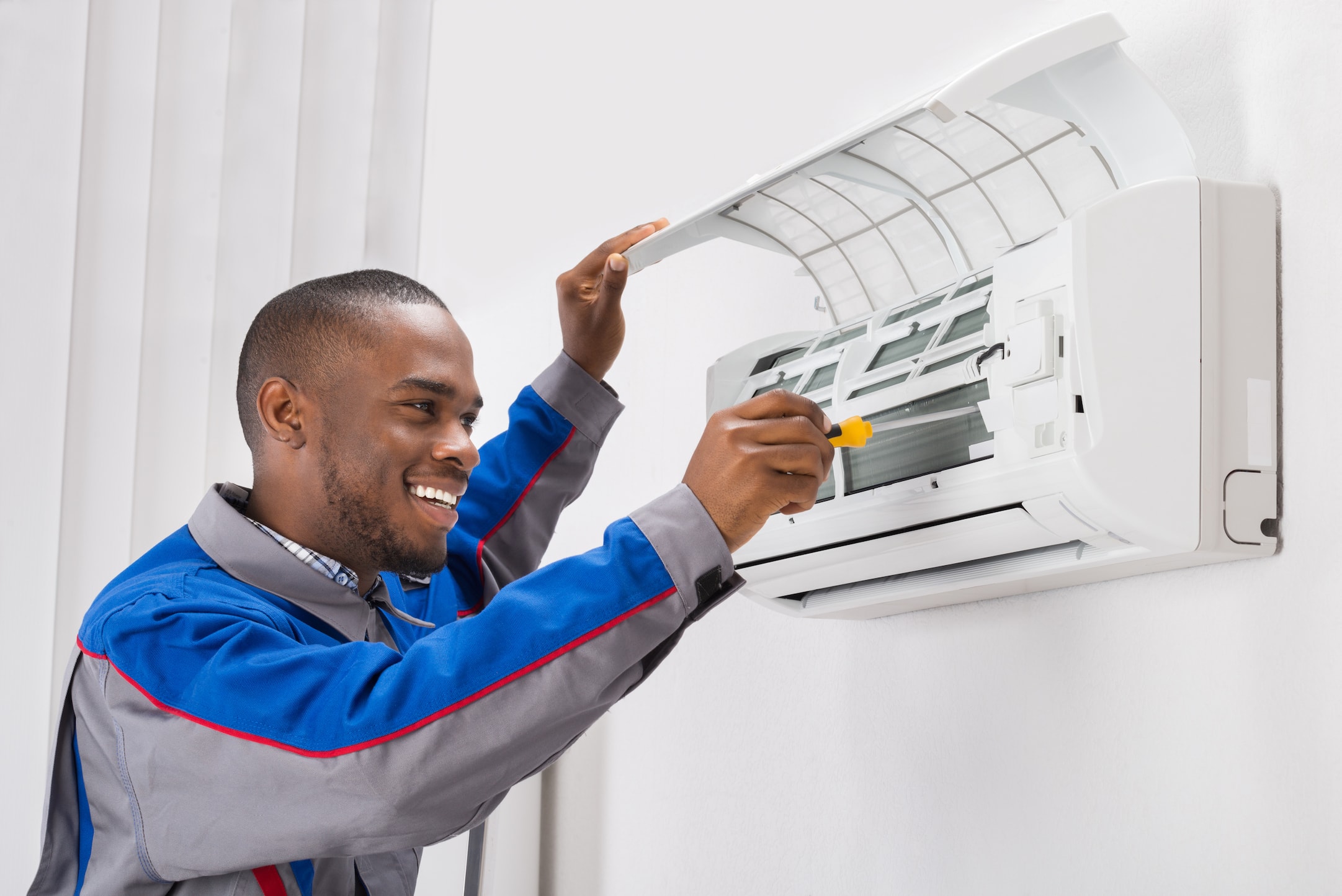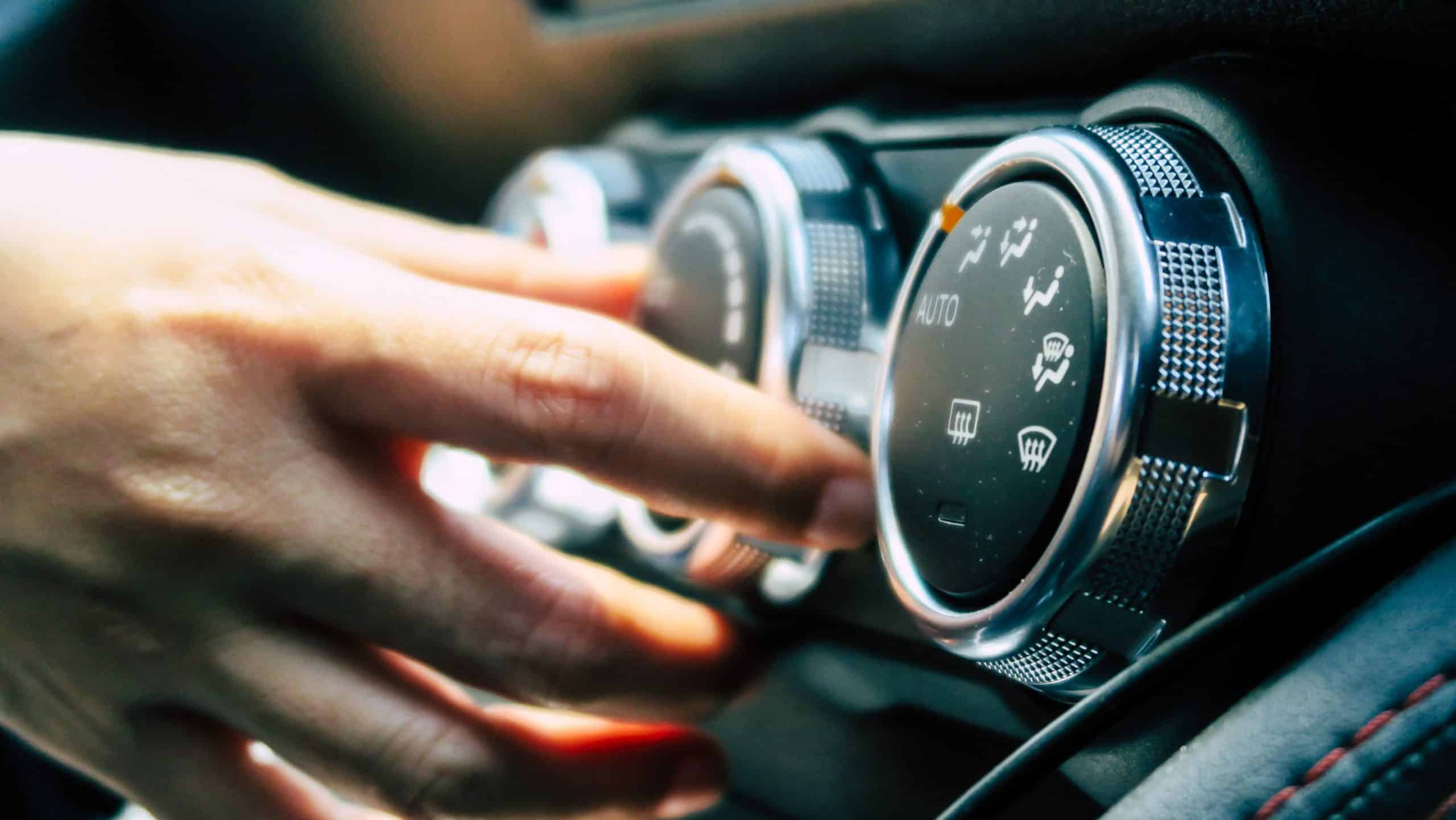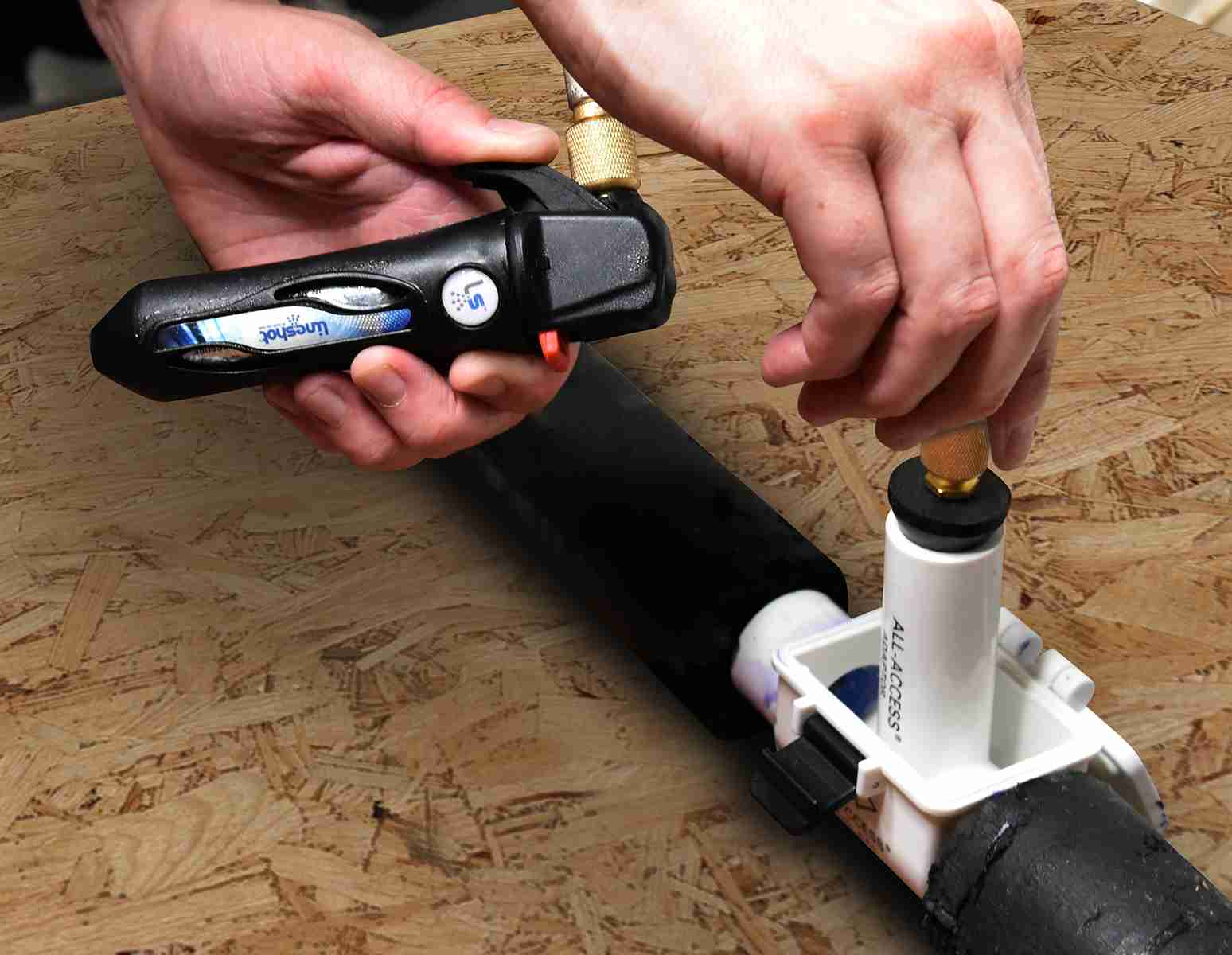Home>Home Maintenance>How To Clean Air Conditioning Coils


Home Maintenance
How To Clean Air Conditioning Coils
Modified: March 6, 2024
Learn how to clean your air conditioning coils with this comprehensive guide on home maintenance. Keep your AC system running efficiently and extend its lifespan.
(Many of the links in this article redirect to a specific reviewed product. Your purchase of these products through affiliate links helps to generate commission for Storables.com, at no extra cost. Learn more)
Introduction
Welcome to our comprehensive guide on how to clean air conditioning coils. As the heat of summer bears down upon us, having a properly functioning air conditioner is essential. Air conditioning coils play a crucial role in the cooling process, and over time, they can become dirty and clogged with debris, affecting the efficiency of your air conditioner. In this article, we will delve into the importance of cleaning air conditioning coils, the signs that indicate they need cleaning, and provide you with step-by-step instructions on how to clean them effectively.
Understanding air conditioning coils is the first step towards proper maintenance. Air conditioning coils are an integral part of the refrigeration cycle in your air conditioner. There are two types of coils: the evaporator coil, located inside the indoor unit, and the condenser coil, located in the outdoor unit. The evaporator coil absorbs heat from the air inside your home, while the condenser coil releases heat into the outdoor air. These coils are usually made of copper or aluminum and are designed to maximize heat transfer.
Over time, air conditioning coils accumulate dirt, dust, and other debris. This buildup can hinder the proper functioning of the coils and reduce their efficiency. When the coils are dirty, they become insulated, preventing efficient heat transfer. This leads to reduced cooling capacity and increased energy consumption. By regularly cleaning your air conditioning coils, you can ensure that your unit operates at its optimal level, providing you with cool and comfortable air throughout the summer.
So, how can you tell if your air conditioning coils need cleaning? There are a few telltale signs to watch out for. Firstly, if you notice a decrease in airflow, where the cool air coming out of the vents is weaker than usual, it may be an indication that your coils are dirty. Additionally, if you find that your air conditioner is running longer and struggling to reach the desired temperature, it could be due to dirty coils. Finally, if you can visually see dirt, debris, or even mold on the coils, it is definitely time for a cleaning.
In the next sections, we will guide you through the process of cleaning your air conditioning coils. But before we begin, it is crucial to prepare for this task by taking the necessary safety precautions, gathering the right tools and materials, and ensuring that the air conditioning unit is turned off. Let’s get started!
Key Takeaways:
- Regularly cleaning air conditioning coils is essential for efficient cooling, lower energy consumption, and improved indoor air quality, ensuring a comfortable home environment during the summer.
- Safety precautions, proper tools, and regular maintenance are key to effectively cleaning and maintaining air conditioning coils, prolonging the lifespan of the cooling system and maximizing energy efficiency.
Read more: How To Clean Coil Stove Burners
Understanding Air Conditioning Coils
Air conditioning coils are an essential component of your air conditioning system. They are responsible for the transfer of heat, allowing your air conditioner to cool the air and maintain a comfortable indoor temperature. Understanding the role of air conditioning coils and why it is important to keep them clean will help you maintain the efficiency and longevity of your cooling system.
What are air conditioning coils?
Air conditioning coils consist of two main types: evaporator coils and condenser coils. The evaporator coil is located inside the indoor unit of your air conditioner, while the condenser coil is located in the outdoor unit. These coils are typically made of copper or aluminum and are intricately designed to facilitate the heat transfer process.
The evaporator coil, located in the indoor unit, absorbs the heat from your indoor air as it passes over the coils. As the refrigerant in the coil evaporates, it absorbs the heat and transforms into a cool gas. This process allows the air conditioner to remove heat from the indoor air, providing you with cool and comfortable temperatures.
On the other hand, the condenser coil, located in the outdoor unit, plays a crucial role in releasing the absorbed heat into the outdoor air. The refrigerant, carrying the heat energy, is pumped into the condenser coil where it releases the heat and condenses back into a liquid form. The heat is then expelled outside, and the refrigerant returns to the evaporator coil to repeat the cooling cycle.
Why is it important to clean air conditioning coils?
Cleaning air conditioning coils is vital for several reasons. When the coils become dirty and covered with dust, dirt, and debris, it hampers the heat transfer process. The dirt acts as an insulating layer, preventing efficient heat exchange between the coil and the surrounding air. As a result, the air conditioning system has to work harder and run longer to achieve the desired cooling effect.
Dirty coils also lead to decreased airflow, as the debris obstructs the air passages. This reduced airflow can result in weak or insufficient cooling, making your air conditioner less effective in providing comfort. Furthermore, the excessive strain on the system due to dirty coils can lead to increased energy consumption and higher utility bills.
Additionally, neglecting to clean air conditioning coils can lead to more serious issues. The buildup of dirt and debris on the coils creates a favorable environment for mold, mildew, and bacteria growth. These pollutants not only compromise the indoor air quality but also pose a health risk to you and your family.
Signs that indicate dirty air conditioning coils
There are several signs that indicate your air conditioning coils may be dirty and in need of cleaning. These signs include:
- Reduced airflow from the vents
- Poor cooling performance or difficulty reaching the desired temperature
- Increased energy consumption and higher utility bills
- Visible dirt, debris, or mold on the coils
- Foul odor coming from the air conditioner
If you notice any of these signs, it is crucial to clean your air conditioning coils to restore efficiency and maintain the overall performance of your cooling system.
Preparing for Coil Cleaning
Before you begin the process of cleaning your air conditioning coils, it is essential to take the necessary precautions to ensure your safety and protect your air conditioning unit. Proper preparation will not only make the cleaning process smoother but also minimize the risk of damage or injury. Here are the key steps to prepare for coil cleaning.
Safety precautions:
First and foremost, ensure your safety by following these precautions:
- Turn off the power: Before starting any maintenance work on your air conditioning unit, it is crucial to turn off the power. Locate the circuit breaker or disconnect switch for the air conditioner and switch it off to cut off the electricity supply.
- Wear protective gear: When cleaning air conditioning coils, it is important to protect yourself. Wear safety goggles to shield your eyes from any debris or cleaning chemicals. Additionally, use gloves to protect your hands.
- Work in a well-ventilated area: Cleaning air conditioning coils can involve the use of cleaning chemicals. Make sure you are working in a well-ventilated area to avoid inhaling any fumes.
Tools and materials needed for cleaning:
Here are the tools and materials you’ll need to have on hand before you start cleaning:
- Coil cleaning solution: Choose a coil cleaning solution that is specifically designed for air conditioning coils. These solutions are formulated to effectively remove dirt, grease, and debris without damaging the coils.
- Spray bottle: You’ll need a spray bottle to apply the coil cleaning solution onto the coils.
- Soft-bristle brush: Use a soft-bristle brush to gently scrub the coils and remove any stubborn dirt or buildup.
- Fin comb or brush: A fin comb or brush can be useful for straightening any bent or damaged fins on the coils.
- Vacuum cleaner with brush attachment: A vacuum cleaner with a brush attachment can help remove loose debris from the coils and surrounding areas.
- Drip pan or catch basin: Place a drip pan or catch basin underneath the air conditioning unit to collect any water or runoff during the cleaning process.
- Towels or rags: Have some towels or rags available to wipe away excess water, clean up any spills, or dry the coils after cleaning.
Turning off the air conditioning unit:
Before you start cleaning the coils, ensure you turn off the air conditioning unit completely:
- Switch off the thermostat: Adjust the thermostat settings to turn off the cooling mode.
- Turn off the power supply: Locate the circuit breaker or disconnect switch for the air conditioner and switch it off to cut off the electricity supply.
- Wait for the unit to cool down: Give the air conditioning unit some time to cool down before you start cleaning. This will prevent any accidental burns.
By following these safety precautions and gathering the necessary tools and materials, you’ll be well-prepared to clean your air conditioning coils effectively and safely.
Cleaning the Coils
Now that you have taken the necessary safety precautions and gathered the tools and materials for cleaning, it’s time to dive into the process of cleaning your air conditioning coils. In this section, we will walk you through the steps to remove debris, use a coil cleaning solution, brush and rinse the coils, and clean the condensate drain.
Removing debris from the coils:
Start by removing any visible debris from the coils. Use a vacuum cleaner with a brush attachment or a soft brush to gently brush away loose dirt and debris. Be thorough and ensure all surfaces of the coils are cleared of debris. Take care not to apply excessive pressure or damage the delicate fins of the coils.
Using a coil cleaning solution:
After removing the loose debris, it’s time to apply a coil cleaning solution. Fill a spray bottle with the recommended coil cleaning solution, following the instructions provided. Spray the cleaner onto the coils, making sure to cover them evenly and thoroughly. Allow the cleaning solution to penetrate the dirt and grime on the coils for the specified amount of time, as indicated on the product instructions.
Brushing and rinsing the coils:
Once the cleaning solution has had time to work, use a soft-bristle brush to gently scrub the coils. Work in small, circular motions, paying attention to areas with stubborn dirt or buildup. Be careful not to apply excessive force or damage the delicate fins. Brushing the coils will help dislodge and remove any remaining dirt and debris.
After brushing, it’s time to rinse the coils. Use a hose or gentle water spray to rinse off the coils, starting from the top and working your way down. Ensure the water pressure is not too high, as it may damage the coils. Rinse the coils thoroughly, making sure all traces of the cleaning solution and dirt are removed. Take care not to spray water directly into the electrical components of the air conditioning unit.
Cleaning the condensate drain:
While cleaning the coils, don’t forget to address the condensate drain. The condensate drain is responsible for removing the moisture that accumulates during the cooling process. Over time, this drain can become clogged with dust, debris, and microbial growth, leading to issues like water leakage or decreased cooling efficiency.
To clean the condensate drain, locate the drain line where it exits the indoor unit. Using a wet/dry vacuum or a condensate drain line cleaning tool, gently remove any blockages or buildup in the drain line. If the drain has severe blockage, you may need to call a professional to perform a thorough cleaning.
By following these steps to remove debris, use a coil cleaning solution, brush and rinse the coils, and clean the condensate drain, you will effectively clean the air conditioning coils and restore their optimal performance.
Regularly clean your air conditioning coils to maintain efficiency. Use a soft brush to remove dust and debris, then spray with a coil cleaner and rinse with water. This will help improve air flow and reduce energy consumption.
Drying and Reassembling
After cleaning the air conditioning coils, the next step is to ensure they are completely dry before reassembling the unit. Proper drying and reassembling are crucial to prevent any damage to the components and maintain the efficiency of your air conditioning system. In this section, we will cover the steps to allow the coils to dry thoroughly, reassemble the air conditioning unit, and check for proper airflow.
Allowing the coils to dry completely:
Once you have rinsed the coils, it is important to allow them to dry completely. Damp coils can lead to a range of issues, such as mold or mildew growth, reduced cooling performance, and potential damage. To facilitate the drying process, you can follow these tips:
- Allow sufficient air circulation: Open windows or turn on fans to promote airflow around the coils.
- Patience is key: Depending on the weather conditions and humidity levels, it may take several hours or even overnight for the coils to completely dry. Avoid rushing the process.
- Absorb excess water: Use towels or rags to blot away any excess water on the coils and in the surrounding areas.
Reassembling the air conditioning unit:
Once the coils are fully dry, you can reassemble the air conditioning unit. Follow these steps:
- Replace the access panel: If you removed any access panels or covers during the cleaning process, securely place them back in their correct positions.
- Check electrical connections: Ensure all electrical connections are tight and secure. Double-check that the power supply is still switched off before reconnecting any electrical components.
- Reinstall air filters: If you removed the air filters during cleaning, clean or replace them as necessary and reinstall them in the unit.
Checking for proper airflow:
Once the air conditioning unit is reassembled, it’s important to check for proper airflow to ensure that everything is working correctly. Here are a few steps to verify proper airflow:
- Turn on the power: Restore the power supply to the air conditioning unit by switching on the circuit breaker or reconnecting the disconnect switch.
- Adjust thermostat settings: Set the thermostat to the desired temperature and cooling mode.
- Observe airflow from vents: Make sure there is strong and consistent airflow coming from the air conditioning vents. If the airflow is weak or compromised, there may still be an issue with the coils or other components that require attention.
If you notice any irregularities or issues with the airflow after cleaning and reassembling, it’s best to consult a professional HVAC technician to diagnose and address the problem.
By allowing the coils to dry completely, reassembling the air conditioning unit properly, and checking for proper airflow, you ensure that your unit is functioning optimally and ready to provide you with cool and comfortable air.
Read more: How Do You Clean An Air Conditioning Unit
Maintenance Tips to Keep Coils Clean
Regular maintenance is key to ensuring that your air conditioning coils stay clean and your system operates at its best. By following a few simple maintenance tips, you can prolong the life of your coils and maintain the efficiency of your air conditioning unit. In this section, we will explore some maintenance tips to keep your coils clean and in optimal condition.
Regular inspections and cleanings:
Schedule regular inspections and cleanings for your air conditioning coils. Depending on your usage and environmental factors, it is recommended to inspect and clean the coils at least once a year. However, if you live in an area with high pollution or allergens, or if you have pets, more frequent cleanings may be necessary.
During your inspections, check for any signs of dirt, debris, or mold on the coils. If you notice any buildup or blockages, follow the appropriate cleaning process we discussed earlier. Regular cleanings will help maintain the efficiency of your system and prevent any potential issues caused by dirty coils.
Changing air filters regularly:
One of the simplest yet most effective maintenance tasks you can perform is to regularly change the air filters. The air filters in your air conditioning system play a crucial role in capturing dust, pollen, and other airborne particles before they reach the coils. When the filters become clogged and dirty, they inhibit proper airflow and allow more debris to accumulate on the coils.
Check your air filters regularly, and depending on the type and quality of the filter, change them every 1-3 months. If you notice any signs of excessive dirt or dust on the filters, consider changing them more frequently. By keeping clean filters in place, you can minimize debris buildup on the coils and improve the overall air quality in your home.
Keeping the surrounding area clean:
Another important maintenance tip is to keep the area around your air conditioning unit clean and free from debris. Over time, leaves, grass clippings, dirt, and other debris can accumulate around the unit, hindering proper airflow and allowing more contaminants to reach the coils.
Regularly inspect the area around the outdoor unit and remove any debris that has accumulated. Trim back any vegetation that may be obstructing the unit or impeding airflow. By keeping the surrounding area clean, you reduce the amount of debris that can enter the air conditioning system, helping to keep your coils cleaner for longer.
Professional maintenance:
While you can perform many maintenance tasks yourself, it is also advisable to schedule professional maintenance for your air conditioning system. HVAC professionals have the expertise and tools to perform a thorough inspection and cleaning of the coils, as well as check other components of the system for any potential issues.
Professional maintenance typically includes tasks such as checking refrigerant levels, lubricating moving parts, and ensuring the overall efficiency of the system. By investing in professional maintenance on an annual or bi-annual basis, you can extend the lifespan of your air conditioning coils and prevent major breakdowns or costly repairs.
By following these maintenance tips, including regular inspections and cleanings, changing air filters regularly, keeping the surrounding area clean, and scheduling professional maintenance, you can keep your air conditioning coils clean and your system running smoothly for years to come.
Conclusion
Maintaining clean air conditioning coils is crucial for the overall performance and efficiency of your cooling system. By taking the time to clean and maintain your coils regularly, you can ensure that your air conditioner operates at its optimal level, providing you with cool and comfortable air throughout the summer months. Additionally, keeping your coils clean helps to improve indoor air quality and prevent potential health hazards associated with mold or bacteria growth.
In this comprehensive guide, we have covered the importance of understanding air conditioning coils and the signs that indicate they need cleaning. We have provided detailed step-by-step instructions on how to prepare for coil cleaning, including necessary safety precautions and the tools and materials needed. We then discussed the process of cleaning the coils, removing debris, using a coil cleaning solution, brushing and rinsing the coils, and cleaning the condensate drain.
We also highlighted the importance of allowing the coils to dry completely before reassembling the air conditioning unit, reassembling the unit correctly, and checking for proper airflow. Lastly, we shared maintenance tips to keep your coils clean, such as regular inspections and cleanings, changing air filters regularly, and keeping the surrounding area clean.
By following these guidelines and incorporating these maintenance practices into your routine, you can ensure that your air conditioning coils remain clean and in optimal condition, extending the lifespan of your unit and maximizing its energy efficiency. Remember, if you are unsure or uncomfortable performing maintenance tasks, it is always advisable to seek the assistance of a professional HVAC technician who can provide expert guidance and services.
With a clean and well-maintained air conditioning system, you can enjoy crisp and refreshing indoor air, even during the hottest summer days. So, take the time to care for your air conditioning coils and reap the benefits of a cool and comfortable home environment for years to come.
Frequently Asked Questions about How To Clean Air Conditioning Coils
Was this page helpful?
At Storables.com, we guarantee accurate and reliable information. Our content, validated by Expert Board Contributors, is crafted following stringent Editorial Policies. We're committed to providing you with well-researched, expert-backed insights for all your informational needs.
